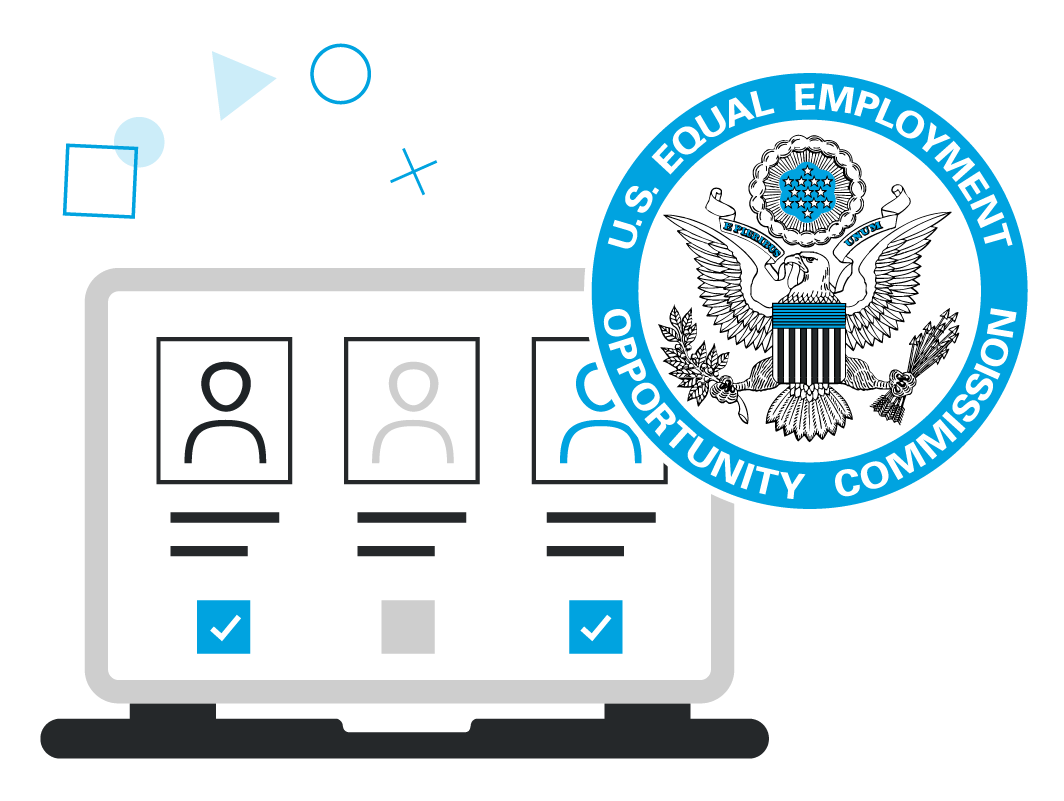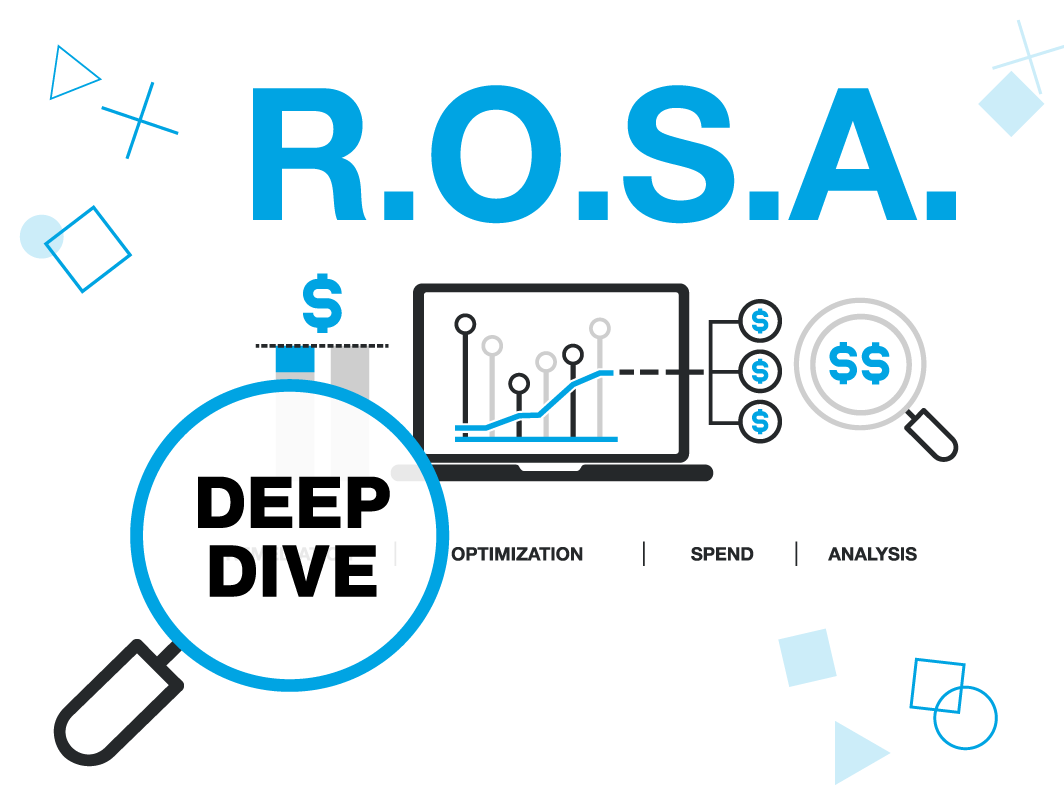
![]()
With the passage of Senate Bill 5761 earlier this year, Washington state is joining a host of others in amending laws to promote pay transparency. The new legislation requires salary range disclosures in all job postings and has implications for employers across the country.
What does the law require?
Beginning January 1, 2023, the Washington pay transparency law will require employers with 15 or more employees to proactively share in each job posting “the wage scale or salary range, and a general description of all the benefits and other compensation… for a specific available position to be offered to the hired applicant.”
Guidance for employers
To guide employers through the modified requirements, Washington State's Department of Labor and Industries (L&I) released a draft administrative policy.
The L&I guidance clarifies that the 15-employee threshold "includes employers who may or may not have a physical presence in Washington, if the employer has one or more Washington-based employees." Affected employers sponsoring foreign national employees for legal permanent residence through the PERM process will also be subject to the new requirements.
The guidance also clarifies that job postings include openings for internal transfers and remote jobs. Employers that close job postings to Washington applications are not exempt from the requirements.
Per the guidance, employers must include the following information in job postings to promote pay transparency and fair pay in Washington state:
- A low and high number for wage scale/salary range, rather than open-ended descriptions
- A specific starting pay or range
- The pay range for each level when there are multiple levels for a job
If the employer offers a different job than what the applicant applied for, the employer should provide the postings for both jobs.
Postings also must include a general description of all benefits, including:
- Healthcare
- Retirement
- Paid days off for vacation, sick leave, and parental leave
- Any other benefits that must be reported for federal tax purposes, such as fringe benefits
Other compensation can include discretionary bonuses, stock options, travel allowance, relocation assistance, profit-sharing, or other forms of compensation that would be offered to the hired applicant. Employers are not required to supply monetary values, and providing them does not excuse the requirement of the general description.
How organizations can get ahead of this law and others like it
The pay transparency law in Washington state is just one example of many taking shape across the country. As the pay equity movement continues to pick up speed, organizations must be prepared to make their pay ranges public. When that time comes, you’ll want to make sure your company is focused on pay equity to avoid public backlash and the steep cost of non-compliance.
Conducting a pay equity audit is the first step you can take in ensuring your business has an equitable pay structure. Further, it’s the best way to approach pay transparency without creating instances of wage compression, which often happens when employers unintentionally overlook important factors for paying employees differently, including tenure, experience, skills, performance, and education.
Trusaic’s PayParity and Salary Range Finder® software solutions can help you establish equitable pay bands for job listings before sharing them publicly in job listings, and ahead of Washington state’s forthcoming pay transparency start date. To see how the software can help you meet these requirements, schedule a meeting with one of our pay equity experts.



